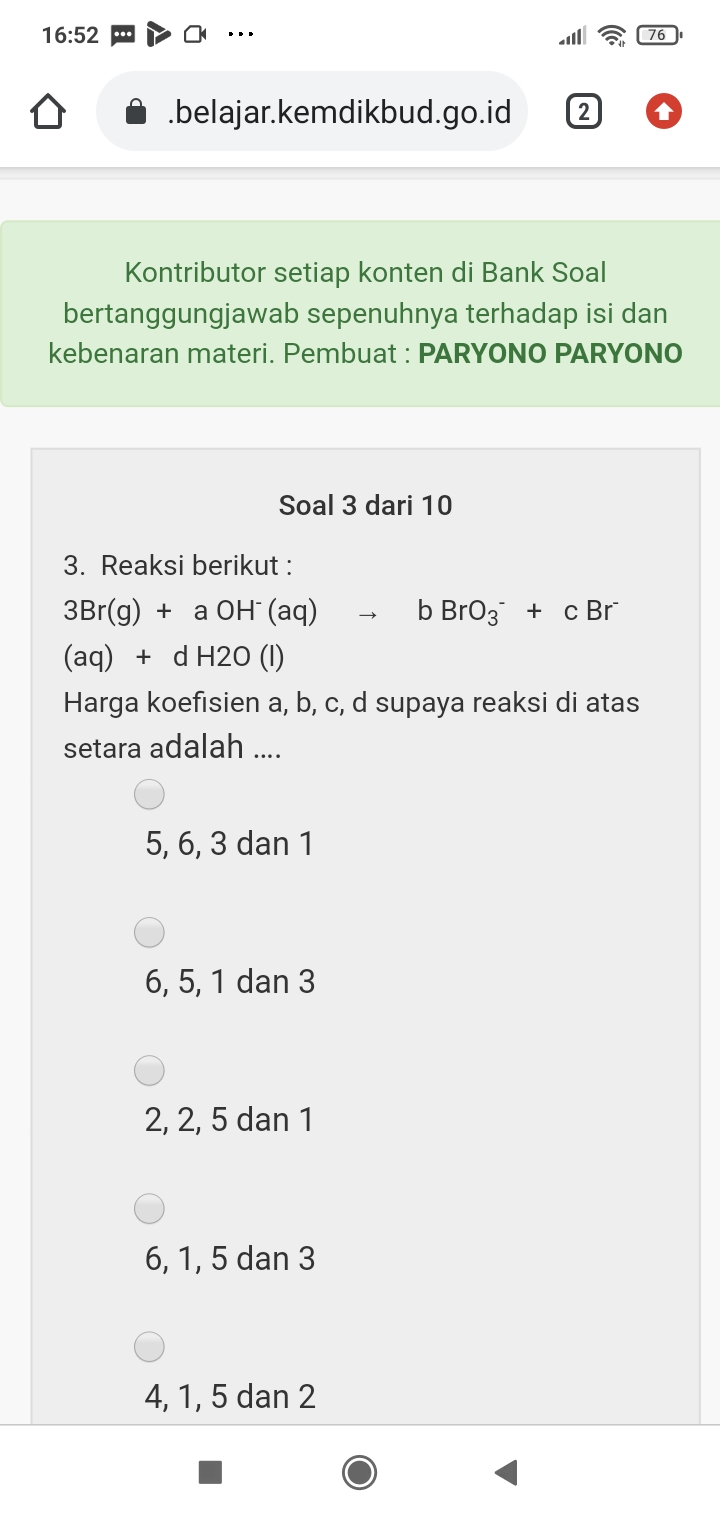
AllQuestion and Answers: Page 659
Question Number 153146 Answers: 1 Comments: 0

Question Number 153128 Answers: 1 Comments: 0
Question Number 153127 Answers: 1 Comments: 2

Question Number 153117 Answers: 1 Comments: 0
Question Number 153114 Answers: 2 Comments: 0
Question Number 153112 Answers: 1 Comments: 0
Question Number 153111 Answers: 0 Comments: 0
Question Number 153110 Answers: 0 Comments: 0
Question Number 153209 Answers: 0 Comments: 2

Question Number 153104 Answers: 1 Comments: 0
Question Number 153105 Answers: 1 Comments: 0
$${find}\:\:\boldsymbol{{ln}}\:\boldsymbol{\Gamma}\left(\boldsymbol{{x}}\right)\:? \\ $$
Question Number 153103 Answers: 1 Comments: 0
Question Number 153082 Answers: 1 Comments: 0

Question Number 153079 Answers: 1 Comments: 1
Question Number 153070 Answers: 3 Comments: 0
Question Number 153057 Answers: 1 Comments: 0

Question Number 153056 Answers: 0 Comments: 0

Question Number 153055 Answers: 0 Comments: 0

Question Number 153054 Answers: 1 Comments: 0

Question Number 153053 Answers: 0 Comments: 0

Question Number 153063 Answers: 0 Comments: 5
Question Number 153050 Answers: 1 Comments: 0

Question Number 153046 Answers: 2 Comments: 1

Question Number 153041 Answers: 3 Comments: 0
Question Number 153040 Answers: 0 Comments: 0
Question Number 153039 Answers: 1 Comments: 0
Pg 654 Pg 655 Pg 656 Pg 657 Pg 658 Pg 659 Pg 660 Pg 661 Pg 662 Pg 663
